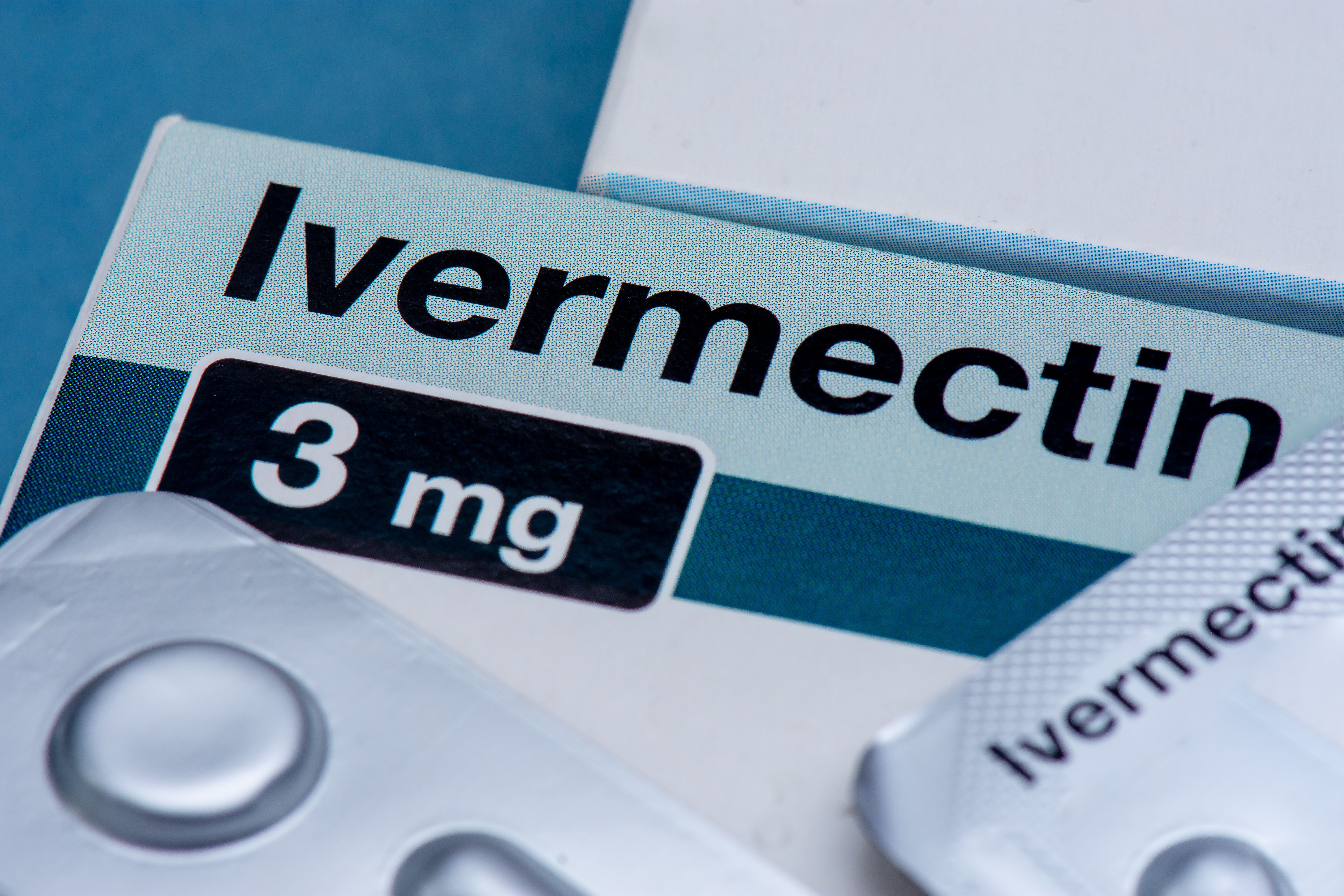Article
The New Lipid Guidelines: An In-Depth Look
Author(s):
Newly released lipid guidelines have introduced a variety of changes in how clinicians determine whether patients should receive statins.
Newly released lipid guidelines have introduced a variety of changes in how clinicians determine whether patients should receive statins.
Patients will be asking about the new lipid guidelines, which were released on November 12, 2013, by the American College of Cardiology (ACC)/American Heart Association (AHA) guideline expert panel. These new guidelines only apply to patients 21 years of age or older. Pediatric guidelines are available at the National Heart, Lung, and Blood Institute website.
The new guidelines diverge from recommendations in the 2004 update of the Adult Treatment Panel (ATP)-III guideline in a number of ways. As before, patients with cardiovascular disease and many patients with diabetes should receive cholesterol-lowering treatment. However, instead of advising use of multiple medications to reduce low-density lipoprotein (LDL) below a target level, the new guidelines emphasize use of statins alone in patients between the age of 40 and 75 with a 7.5% or higher 10-year risk of cardiovascular events. This risk level is calculated using an equation called the Pooled Risk Equation. A version of the calculator embedded in an Excel spreadsheet is available here.
The ATP-III guidelines did not ignore the 10-year risk of patients. These guidelines classified patients as high risk, moderately-high risk, moderate risk, or lower risk by the calculated 10-year risk of cardiovascular events and the number of cardiovascular risk factors such as obesity, physical inactivity, elevated triglycerides, low high-density lipoprotein (HDL), or metabolic syndrome.
Under the ATP-III guidelines, patients with baseline LDL levels ≥130 mg/dL and a 10-year cardiovascular risk of 10% to 20% were candidates for drug therapy after failure of dietary control. Drug therapy was also recommended for patients with LDL levels ≥160 mg/dL and 10-year cardiovascular risk as low as 10%. As with the current guidelines, a baseline LDL level of 190 mg/dL would require addition of drug therapy.
The new guidelines discourage routine statin use in patients undergoing hemodialysis, patients with New York Heart Association (NYHA) class III heart failure, and patients with NYHA class IV heart failure. The investigators noted that randomized controlled trials of statins in patients with these conditions failed to improve outcomes.
Physicians may identify patients who are eligible to receive statins by asking 4 questions:
(1) Does the patient have clinical atherosclerotic cardiovascular disease (ASCVD) including any of the following?
- Acute coronary syndromes
- A history of myocardial infarction
- Stable or unstable angina
- Coronary or other arterial revascularization
- Stroke
- Transient ischemic attack
- Peripheral arterial disease presumed to be of atherosclerotic origin
(2) Does the patient have an LDL level ≥190 mg/dL without treatment?
(3) Is the patient 40 to 75 years of age and does the patient have diabetes (either type 1 or type 2)?
(4) Is the patient 40 to 75 years of age and is the patient’s 10-year risk of cardiovascular events ≥7.5%?
A “yes” answer to any of these questions means the patient is a potential candidate for statin therapy.
The new guidelines focus on the LDL reduction from baseline. Moderate-intensity therapy reduces LDL by 30% to 49% and high-intensity therapy reduces LDL by 50% or more. According to the new guidelines, only 40- to 80-mg of atorvastatin daily or 20- to 40-mg of rosuvastatin daily provide high-intensity LDL reduction. As a result, pharmacists can expect more prescriptions for these 2 statins.
Moderate-intensity lipid lowering with low-dose rosuvastatin, low-dose atorvastatin, pravastatin, lovastatin, and simvastatin still have a place in therapy, but only for select patients. These include patients who prefer moderate-intensity therapy and patients who cannot tolerate high-intensity therapy.
According to the new guidelines, moderate-intensity therapy is acceptable for patients with diabetes aged 40 to 75 with LDL levels between 70 mg/dL and 189 mg/dL who do not have clinical ASCVD and whose 10-year risk of ASCVD is lower than 7.5%. Moderate-intensity therapy is also acceptable for patients with ASCVD who are older than 75.
Another big change in the guidelines is relegation of treatments other than statins to nonpreferred therapies. “Nonstatin therapies do not provide acceptable ASCVD risk reduction benefits compared to their potential for adverse effects in the routine prevention of ASCVD,” the authors wrote. This recommendation could lead to reduced sales of ezetimibe, ezetimibe-containing products, bile acid sequestrants, fibrates, niacin-containing products, omega-3 fatty acids, and dietary supplements that contain plant sterols and stanols.
The ATP-III guidelines recommended liberal use of add-on agents to lower LDL levels. The authors noted that, as LDL levels rise, coronary heart disease risk increases linearly on a logarithmic scale. Based on this, the authors extrapolated that every reduction in LDL level of 30 mg/dL would reduce the relative risk of coronary heart disease by roughly 30%. The Pravastatin or Atorvastatin Evaluation and Infection Therapy (PROVE-IT) trial has often been cited as evidence in support of a target LDL level of 100 mg/dL and as low as 70 mg/dL.
In PROVE-IT, high-dose atorvastatin reduced median LDL levels to 62 mg/dL, while pravastatin reduced median LDL levels to 95 mg/dL. Atorvastatin not only reduced LDL levels by a greater margin than pravastatin, but after 2 years, atorvastatin prevented more cardiovascular events than pravastatin. Although these results seem to support a universal LDL level target of 70 mg/dL or lower, it is important to note that the reductions were attained with statins alone. The ATP-III investigators extrapolated that similar reductions in LDL levels with any drug would lead to similar reductions in cardiovascular mortality.
However, results of the Action to Control Cardiovascular Risk in Diabetes (ACCORD) trial and the Atherothrombosis Intervention in Metabolic Syndrome with Low HDL/High Triglycerides (AIM-HIGH) study cast doubt on the assertion that LDL reduction with agents other than statins will reduce cardiovascular mortality. In AIM-HIGH, extended-release niacin with simvastatin successfully lowered median LDL levels from 74 mg/dL to 62 mg/dL in more than 1700 patients. After 3 years, however, a composite endpoint of cardiovascular outcomes revealed no treatment benefit (16.4% experienced the composite outcome with simvastatin and niacin compared with 16.2% of patients receiving simvastatin and placebo; P = .80). These results show a flaw in the apparently logical, but ultimately incorrect assumption that any agent reducing LDL levels also reduces cardiovascular risk.
These new guidelines represent a validation of recommendations made by Rodney Hayward, MD, and Harlan M. Krumholz, MD, in an open letter to the authors of the ATP-IV guidelines published last year in Circulation: Cardiovascular Quality and Outcomes and titled “Three Reasons to Abandon Low-Density Lipoprotein Targets.” Their letter argued that LDL targets (eg, LDL≤100 mg/dL or ≤70 mg/dL) are not evidence-based. Dr. Hayward also expressed these opinions at the 2013 American Diabetes Association Meeting in Chicago, as discussed in an article published in a supplement to the American Journal of Managed Care.
“Everything should be made as simple as possible, but not simpler,” goes a quote often attributed to Albert Einstein. The ATP-III guidelines included 10-year cardiovascular risk targets, but risk scoring was rarely practiced. As a result, in practice, the old guidelines oversimplified complex therapeutic decisions with simple, one-size-fits-all target levels.
Defenders of these older guidelines argue that their target levels were meant to serve as general goals, not as the final say in therapeutic decision-making. Critics of the new guidelines also argue that the cardiovascular risk calculator is based on old data, and that the new guidelines abandon patients who are intolerant to statins. The authors of a recent op-ed piece in the New York Times even accuse the guideline authors of promoting broader prescription of statins. Critics have failed to mention that the new guidelines actually recommend less statin use than the ATP-III guidelines in patients under the age of 40.
These new guidelines represent not just a major change in hyperlipidemia treatment, but the start of a more nuanced, patient-tailored, evidence-based approach to deciding which therapies are appropriate for each patient using the best available evidence. As with any guideline, the recommendations offered in ACC/AHA lipid control guidelines are imperfect, but they are based on a multi-year review of the best evidence available today.
What is your opinion of the new lipid guidelines? Let us know by voting in our survey here.
Newsletter
Stay informed on drug updates, treatment guidelines, and pharmacy practice trends—subscribe to Pharmacy Times for weekly clinical insights.

FDA Grants Full Approval to mRNA-1273 COVID-19 Vaccine in Children At Increased Risk





